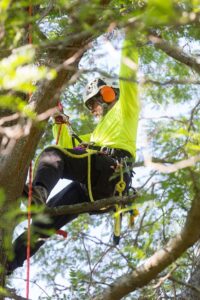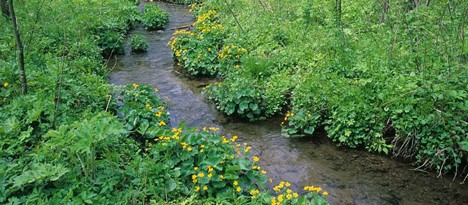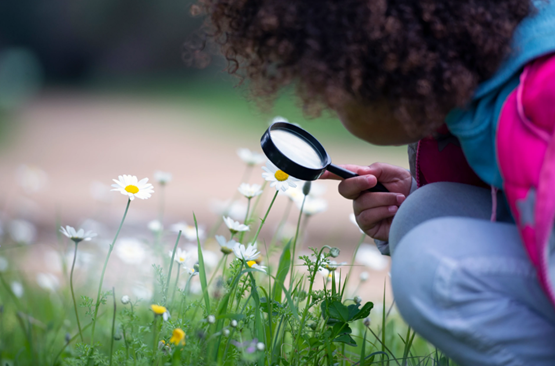
The highest value of an urban tree is when it’s living; however, if it is killed or damaged, there are many ways to recycle it. Urban wood includes logs, brush and chips generated from urban or community trees.
Urban wood utilization is not a novel notion, but with the introduction of the emerald ash borer, it has become more prevalent. The DNR has a site for Urban Wood Utilization resources to help a community as needed with dead and fallen trees, which have become more prevalent with forest pests such as the emerald ash borer.
Once a community realizes its need to deal with wood efficiently and productively, community leaders can use the links and information listed to help manage this resource. For additional and more specific information pertinent to your area, contact your local DNR Forest Products Specialist.
For tips and resources to facilitate a healthy urban tree canopy, visit our Tree Learning Center for details. Continue reading “Urban Wood Utilization Resources” →






